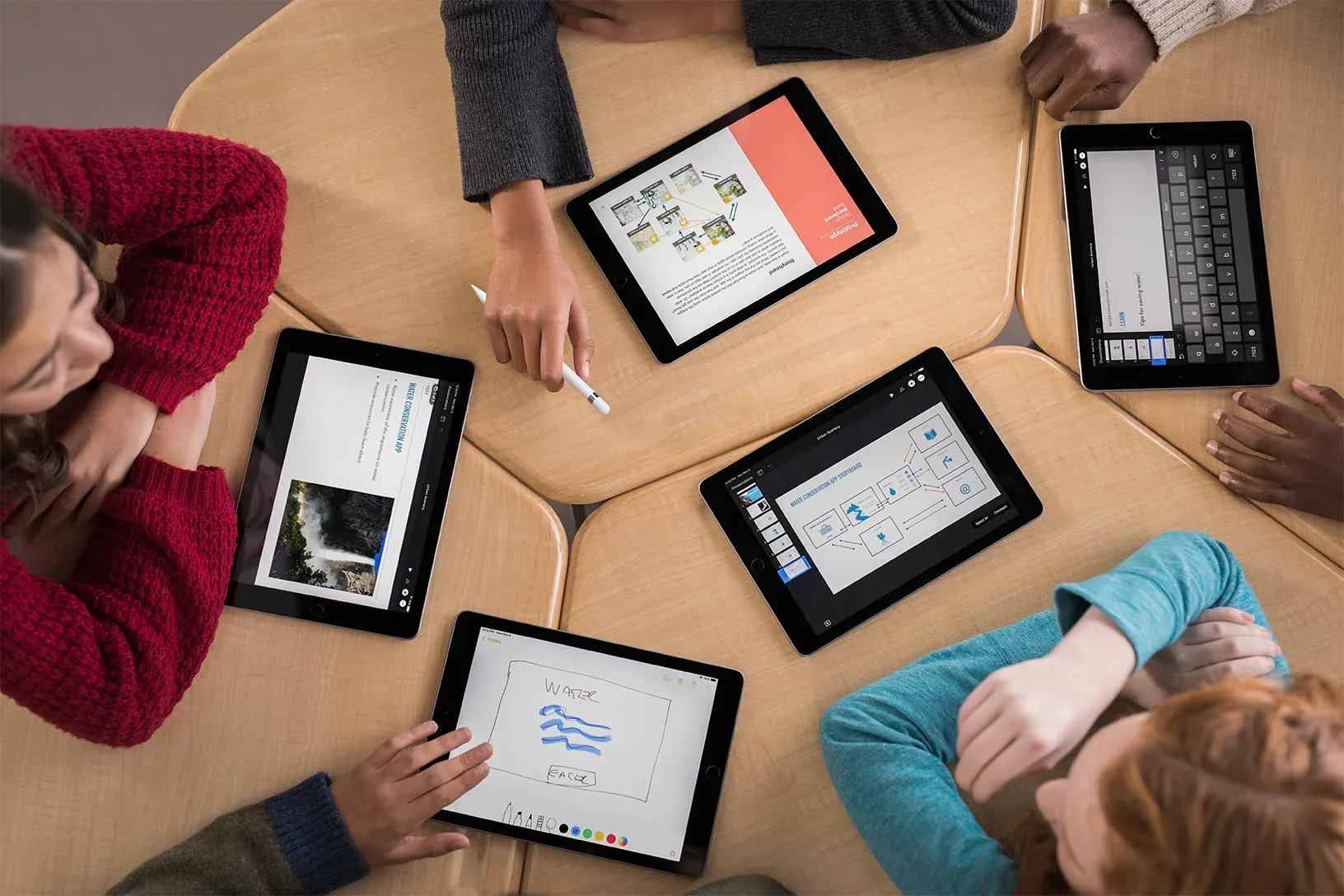”Education is the most powerful weapon”
Nelson Mandela
Are you tech-savvy? Are you struggling to deliver the material to your students? Can you quickly adapt to the digital world? If the answer to all these questions is affirmative, then here’s how digital education functions and the benefits and drawbacks.
Also Read: Is the world ready for Sociogenomics?
You already know that technology has transformed throughout the decades and especially in the field of education. In the traditional education method, the teacher is the center of the classroom, and the student would receive information and do homework by hand. This trend of traditional education has nearly diminished as technology has been evolved in the modern century.
Must Check: Top educational Apps of 2025
Education sectors take technology for granted to develop the experience of learning and deliver the material to the students.
Digital Education Analysis
Technology has become so advanced in the education sector that students can access all the different resources the technology offers.
However, some teachers and students feel that technology is abuse and leads to a lack of actual social interaction in the classroom.
Let’s have a look at both sides of the coin.
Pros
- Technology allows you to experiment more in practice and get feedback quickly.
- Technology aids the full participation of students.
- Technology is a part of modern life and is the outstanding discovery of this era.
- Technology increases the engagement of students to boost the learning experience.
- Technology has endless resources, which makes a useful learning environment for research and projects.
- Technology reduces the process of repetitive and monotonous tasks such as printing worksheets or quizzes.
Where there are pros, there are also drawbacks to the technology used in education.
Must Read: Eternal sunshine of a ‘Selfless’ Mind
Cons
- Technology causes distractions in the classroom or lecture hall. Students might end up playing games rather than learning anything.
- Technology cuts down the interaction between students, especially in group discussions.
- Not all students have access to technology and can afford to buy devices for their learning experience.
- Technology can be used as a means to cheat during class and assignments.
- The quality of research is not always reliable as the information used can be frequently updated.
- Technology can cause damage if devices are not handled carefully and used correctly.
- Some teachers and students have no prior experience in using technology.
At Purdue University USA, many people stated that technology has done nothing to change education. When in fact, technology has changed the method of teaching and has made the process quicker. In medieval times, books weren’t even invented, and only a few had access to education.
In today’s education, the concept of delivering the material has changed from receiving knowledge to collaborating with other students. Since then, this trend has expanded very rapidly. Schools and colleges in other countries are trying to redesign learning spaces to engage in group work.
How has Technology helped in shaping the future?
Technology has helped shape the future of digital education, allowing technology teachers to find the materials suitable for the students.
Teachers have different ways to teach. This trend has changed into teaching students how to learn on their own. Teachers will also augment for technological evolution.
“Technology is important, but it’s really just the means to an end,” Brian Greenberg said. “The real magic is in giving great educators freedom and license into how school works.”
The best example of this is Google which is one of the most popular search engines.
Example of Digital Education
The best example adapted to digital education is “United We Reach,” an NGO (non-governmental organization) established in Lahore, Pakistan. The organization has been providing underprivileged students facilitate access to education. The NGO has organized over more than 500 tablets and more than 900 lessons planned to augment the students’ learning experience. The organization also worked globally and provided scholarships to more than 11 million students in Kenya through Bridge International Academies’ educational institution.
In general, technology has played a vital role in the evolution of digital education. More and more teachers and schools are adapting to the digital world. This helps them find ways of delivering instruction through technology, thus enhancing the learning experience for students.
Technology does face drawbacks due to lack of communication between students, distractions in classrooms, and lack of devices’ affordability.
Overall, people do have different views about digital education, whether used in a good or bad way. Technology must be used carefully, and teachers should be well-trained in using technology in schools.
So teachers, change your method of delivering materials to your students and make use of technology!





Share Your Thoughts